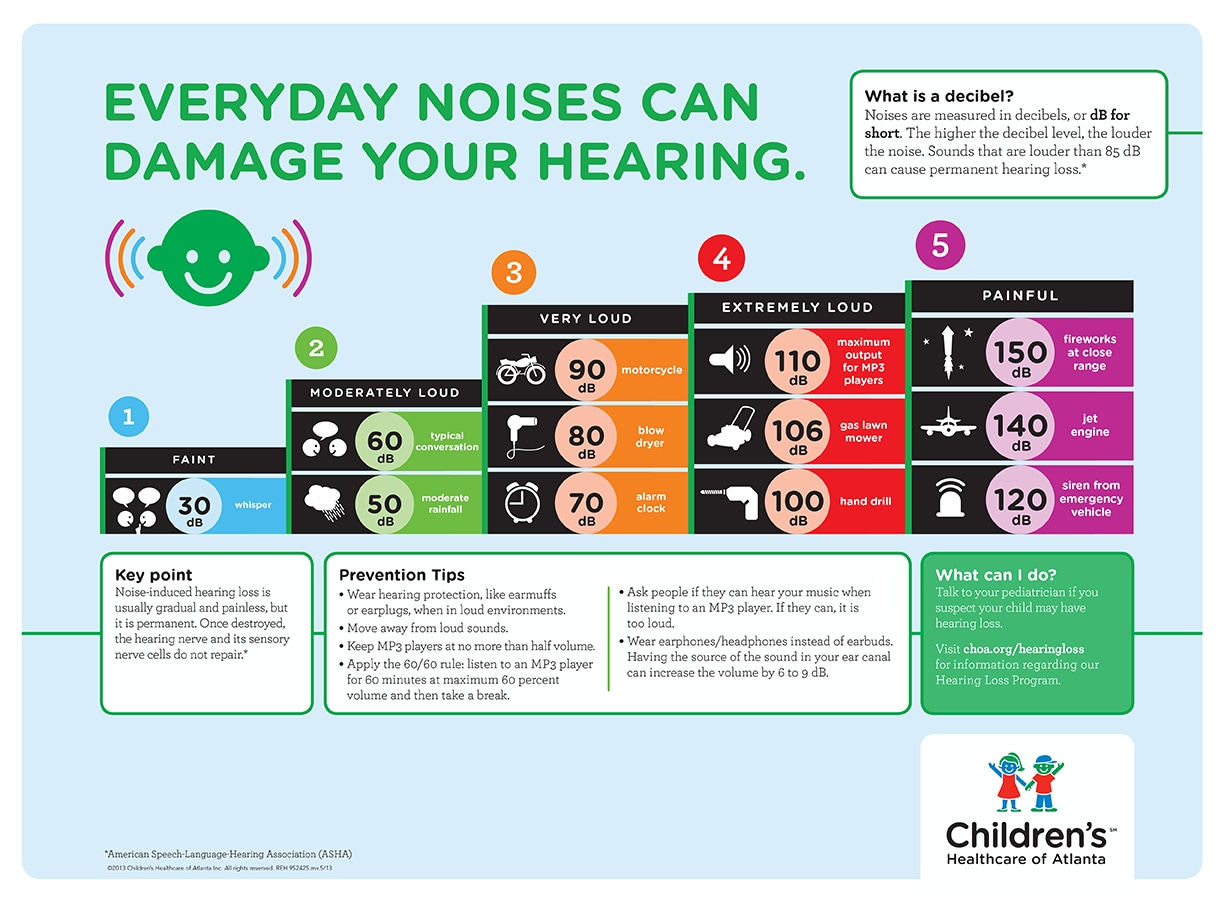Key Strategies For Resolving Auditory Handling Issues In Dyslexia Can Transform Learning Experiences-- Uncover What Strategies Can Genuinely Foster Success And Self-Confidence
Key Strategies For Resolving Auditory Handling Issues In Dyslexia Can Transform Learning Experiences-- Uncover What Strategies Can Genuinely Foster Success And Self-Confidence
Blog Article
Article Created By-Winkler Pape
When you think about the challenges that dyslexic learners encounter, it's clear that auditory processing problems typically play a substantial function. You may wonder how tailored approaches can bridge the gap in between auditory instructions and comprehension. By integrating visual help and damaging jobs right into workable steps, you could enhance emphasis and understanding. Nevertheless, the solutions do not quit there. What various other methods can produce an absolutely supportive knowing environment that cultivates success and confidence?
Comprehending Dyslexia and Auditory Handling
Dyslexia affects about 1 in 5 individuals, making it one of one of the most common learning disabilities. If you're browsing dyslexia, you may discover that it does not just impact analysis and writing; it can also impact just how you process acoustic information.
Acoustic processing refers to exactly how your brain translates audios, including language. When you have problem with this, it can lead to obstacles in understanding talked instructions and following conversations.
You might observe that you usually misunderstand what you hear or that it takes much longer for you to respond in discussions. This isn't a representation of your intelligence; it's a particular trouble pertaining to processing acoustic signals.
Understanding this connection is essential because it helps clarify why you might master visual tasks while dealing with hurdles in tasks that count on acoustic understanding.
Recognizing these obstacles can empower you. By understanding the details of dyslexia and auditory processing, you can much better promote for your demands, whether in educational settings or social situations.
special needs test to recognize these problems so you can seek the appropriate support and methods in the future.
Reliable Methods for Assistance
Navigating the challenges of auditory handling can really feel frustrating, but there are effective strategies that can help you grow.
By applying these techniques, you can improve your understanding experience and enhance your capacity to process acoustic details.
- ** Utilize aesthetic aids **: Coupling auditory instructions with aesthetic supports, like graphes or diagrams, can significantly boost comprehension.
- ** Damage tasks right into smaller steps **: Simplifying guidelines into manageable portions permits you to focus and process information better.
- ** Exercise energetic paying attention **: Take part in workouts that motivate you to listen attentively, such as summarizing what you have actually listened to or asking inquiries for information.
- ** Include modern technology **: Utilize applications or software developed to aid with auditory processing, such as speech-to-text tools or audiobooks, to enhance learning.
Creating Helpful Knowing Atmospheres
Developing a supportive learning setting is important for aiding people with auditory processing challenges are successful. Start by reducing diversions in your classroom or discovering space. Use acoustic panels or soft furnishings to take in sound, which can assist students focus better. Make sure seating plans enable clear sightlines to the instructor and any kind of aesthetic help.
Next, integrate clear and succinct interaction. Speak slowly and utilize basic language, checking for recognizing regularly. Motivate students to ask concerns if they're unsure. Visual help like charts, layouts, and created directions can boost comprehension and retention.
Furthermore, foster https://health.choc.org/learning-disabilities-child/ of perseverance and understanding among peers. Show students about auditory processing problems, advertising empathy and assistance. Team activities can be valuable; simply make sure that functions are clear and that pupils work together to support each other.
Finally, give routine responses. Celebrate development and accomplishments, regardless of just how tiny. This motivation builds self-confidence and strengthens the idea that knowing is a trip.
Final thought
In your trip to improve learning for individuals with dyslexia, consider each method as a stepping stone throughout a river. By weaving with each other acoustic and visual help, breaking tasks right into bite-sized pieces, and nurturing an encouraging atmosphere, you help develop a bridge to understanding. Keep in mind, fostering compassion amongst peers and engaging family members can light the path to success. With perseverance and commitment, you'll empower students to soar above obstacles, changing their struggles into staminas.
